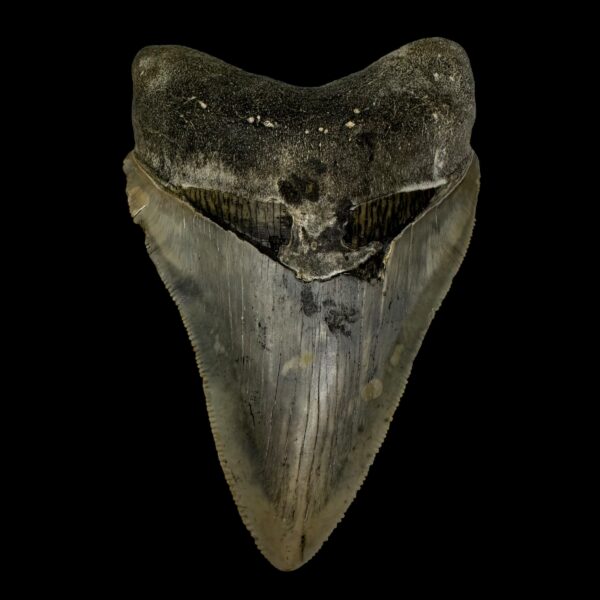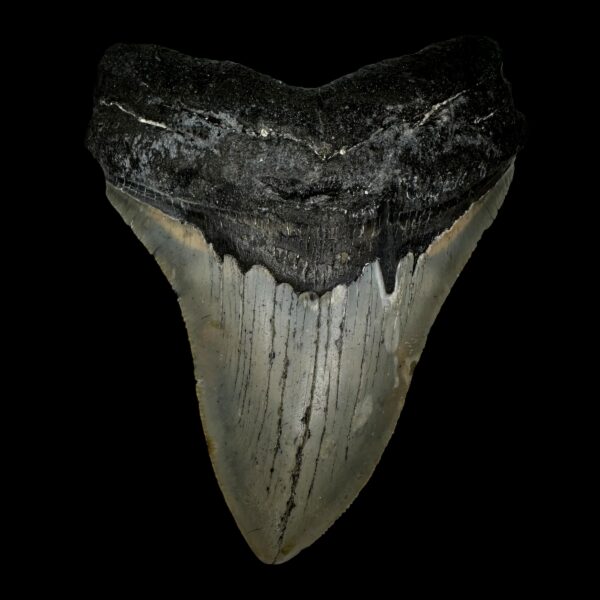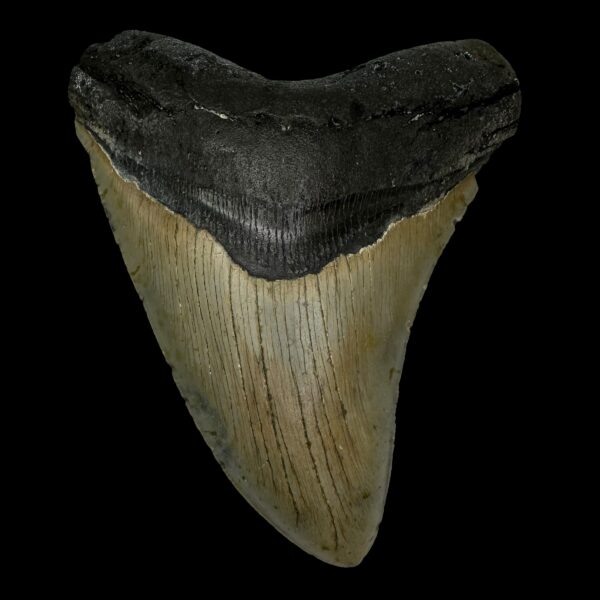Exploring Pathological Shark Teeth: How They Develop and Why They Are Valuable

Sharks are fascinating creatures that have intrigued scientists and researchers for decades. One of the unique features of these creatures is their teeth, which are critical for their survival and quite valuable. While most shark teeth that we find are normal, some develop abnormalities that make them even more precious. These teeth are called pathological shark teeth, and in this blog post, we will explore how they develop and why they are so valuable.
1. What are pathological shark teeth?
To understand what makes a shark tooth “pathological,” it’s essential to first understand a bit more about shark teeth in general. Unlike human teeth, which are fixed in place, shark teeth are constantly being replaced throughout the animal’s life. As a tooth is lost or damaged, a new one will grow in its place, often within just a few days. This means that a single shark can produce hundreds or even thousands of teeth over the course of its life. A pathologic tooth implies that the deformity is a consequence of a disease, even though many deformities are unrelated to the disease.
Pathological shark teeth can form in various ways, but the most common is when a tooth in the jaw becomes impacted or trapped due to overcrowding from an overabundance of teeth growing in the same area. As more teeth attempt to grow, for example, feeding damage is often a cause of tooth deformation. Bones or other elements of a prey item can become lodged within the jaw of a shark, resulting in replicate deformities.
Fossilized pathological shark teeth are typically discolored or worn, and often have unusual shapes. They can range from slightly misshapen to extremely distorted, with some even featuring multiple cusps or “shark eyes” on the inner surface. Pathological shark teeth display a wide range of abnormalities that make them highly sought after by fossil enthusiasts and collectors.
2. How do pathological shark teeth develop?
Pathological shark teeth are often the result of infection or malnutrition in the animal. In some cases, sharks may be born with these types of abnormalities due to genetic mutations, or damaged or immature teeth. Pathological teeth develop with distorted or disfigured crowns, and collectors usually have little or no trouble recognizing them. Due to the sheer quantity of teeth produced over the eons by sharks, many fossilized shark teeth reflect a ‘pathological’ condition.
Scientists have identified gene mutations responsible for the formation of different types of dental abnormalities in several shark species. They can manifest as different types of abnormalities ranging from extra points, twisted roots, bifurcated crowns, or even fusions. Since such teeth are rare, they are quite valuable for study and decoration. Researchers have also reported that environmental factors such as temperature change, pollution, or poor nutrition can influence teeth development.
3. How to identify pathological shark teeth?
Pathological shark teeth are not easy to identify by mere observation. You may need to examine them under a microscope or seek the opinion of a professional. If you notice teeth with abnormal shapes, misplaced rows, or even abnormal colors, you may have come across a pathological shark tooth.
One of the most interesting things about pathological shark teeth is that they can tell us a lot about the animal’s diet. In particular, researchers can use the chemistry of the teeth to determine what the shark was eating and where it lived. For example, the chemical composition of a shark’s teeth can reveal whether it was consuming a lot of fish or other marine mammals, as well as whether it was living in deep or shallow waters. This information can be precious for studying the broader ecosystems in which sharks live.
4. The value of pathological shark teeth.
Pathological shark teeth have great value to the scientific community. They can provide insight into the genetic makeup of shark species, their development, and their evolution. Researchers can use such teeth to investigate the species’ response to stress, environmental factors and learn about their population dynamics.
Another area where pathological shark teeth can be particularly valuable is in studying the evolution of these creatures over time. By examining teeth from different species and different time periods, researchers can learn how shark teeth have evolved to suit different environments and lifestyles. For example, some species of sharks have teeth that are designed for crushing hard-shelled prey like clams or crabs, while others have spear-like teeth that are better suited for hunting fast-moving fish.
Of course, it’s not just researchers who are interested in pathological shark teeth. Pathologically developed teeth can also be invaluable to collectors, enthusiasts, and individuals who appreciate such unique creations. Collectors and enthusiasts also value these teeth for their unique and often striking appearance.
Some of the most sought-after shark teeth have developed pathologies, as these can be incredibly rare and visually striking. Some collectors even specialize in these types of teeth, scouring the ocean floor in search of the perfect specimen.
5. Safely acquiring pathological shark teeth.
Shark teeth hunting is exciting, but it can be dangerous. To avoid endangering yourself, it is essential to seek advice from experts in the field, observe safety guidelines, and take precautions while acquiring such teeth.
Environmental regulations also prescribe how and where you can hunt for such teeth. Ensure that you are within the legal bounds and that you do not endanger the ecosystem while searching for the teeth. Pathological shark teeth are unique and valuable specimens for both scientists and collectors.
They can provide us with an insight into the genetics, lifestyle, and development of these remarkable creatures. Keep these tips in mind if you plan on seeking out pathological shark teeth – it’s important to know how to stay safe while still enjoying this exciting activity!
Pathological shark teeth are fascinatingly rare occurrences, and their value is undisputed. They have played an essential role in expanding scientific knowledge about shark species and have become highly coveted in the world of collectible artifacts. While acquiring such teeth is both exciting and valuable, it is crucial to observe environmental regulations and safety measures to avoid endangering yourself or the ecosystem.
https://www.smithsonianmag.com/articles/real-science-megalodon-180969860/



